| Wet Area Mapping: North-western Alberta | |
|---|---|
 Presentation Presentation(pdf 3.32MB) |
Benefits accruing from WAM applications at DMI, Northwestern Alberta:
|
| Industrial Applications, Maritimes Region | |
|---|---|
 Presentation Presentation(pdf 1.53MB) |
This presentation emphasizes the industrial process of integrating the wet-areas mapping process into planning many forest operations from road layout and planning to silviculture decision making, and locating rare-plant habitats, as undertaking by JD Irving, Limited. |
| Wet Areas Mapping, Nova Scotia | |
|---|---|
 Presentation Presentation(pdf 2.22MB) |
This presentation emphasizes the wet-areas mapping role regarding forest operations planning at Abitibi-Bowater, in Nova Scotia, by way of examples:
|
| Mapping Hydrologically Sensitive Areas, Athabaska Region, Alberta | |
|---|---|
 Presentation Presentation(pdf 4.05MB) |
This presentation illustrates two wet-areas mapping conformance examples for the Alpac Forest Management Unit in North-eastern Alberta, and also highlights its integration into the forest /wetland classification context for this area, in reference to the Enhanced Wetland Classifcation process (EWC) for this area, developed by Ducks Unlimited. |
| Mapping Hydrologically Sensitive Areas for First Nations | |
|---|---|
 Presentation Presentation(pdf 3.65MB) |
This presentation presents illustrations for the wet-areas mapping process for the FN reserve of the Kamloops Indian Band in British Columbia, and shows additional FN examples for New Brunswick |
| Wet Areas Mapping, Duck Mountain, Manitoba | |
|---|---|
 Presentation Presentation(pdf 2.75MB) |
This presentation highlights various approaches used to determine wet-areas map conformances to actual ground conditions, by way of:
Also presented is a wet-areas mapping extension tool for locating and evaluating alternative routes and trails |
| Wet-areas mapping: Fish and Wildlife Conservation in NB | |
|---|---|
 Presentation Presentation(pdf 1.29MB) |
The Fish and Wildlife Branch of the Natural Resource Department of New Brunswick uses the provincial wet-areas map
|
| Windthrow in Riparian Zones, Newfoundland | |
|---|---|
 Presentation Presentation(pdf 3.33MB) |
This presentation demonstrates the role of wet-areas mapping in locating and quantifying the extent of riparian windthrow based on topographic conditions and harvest patterns. |

